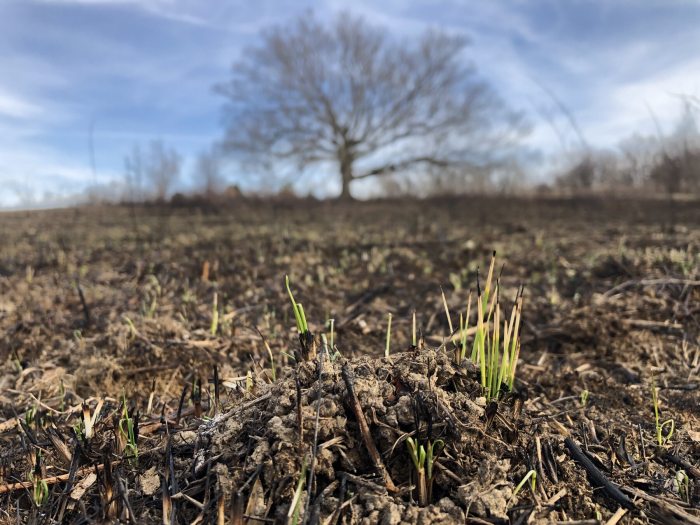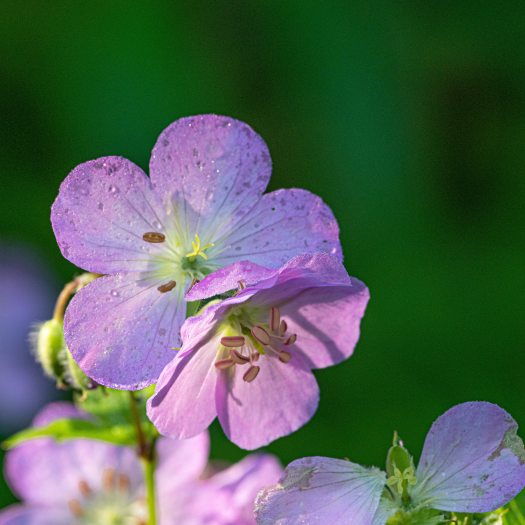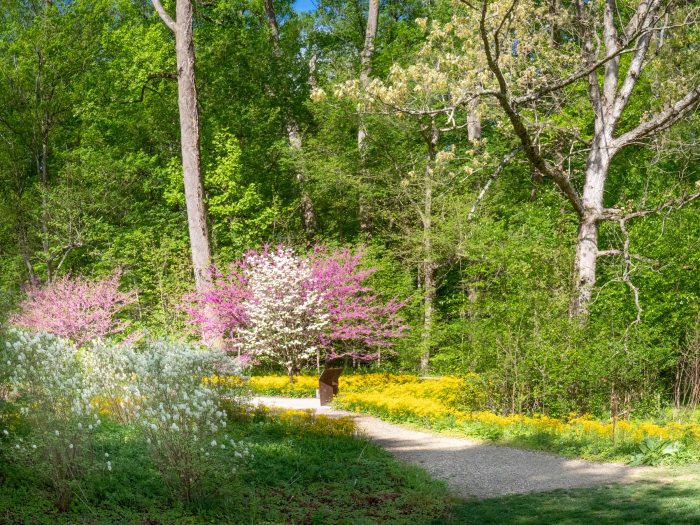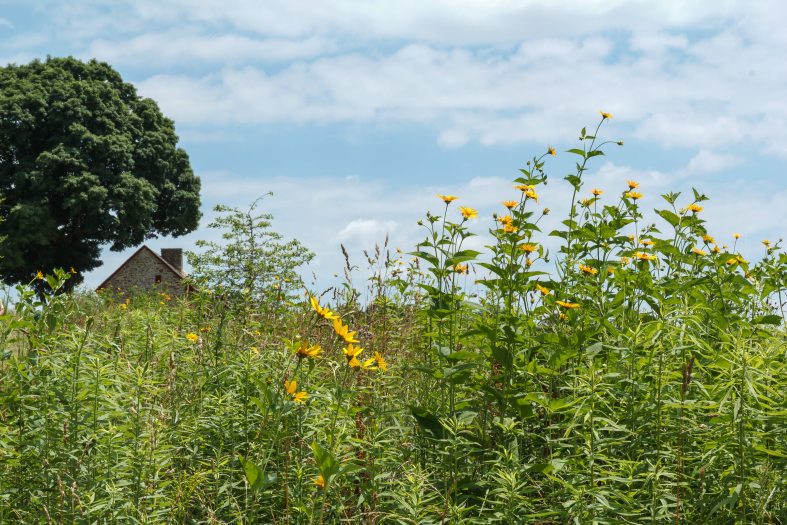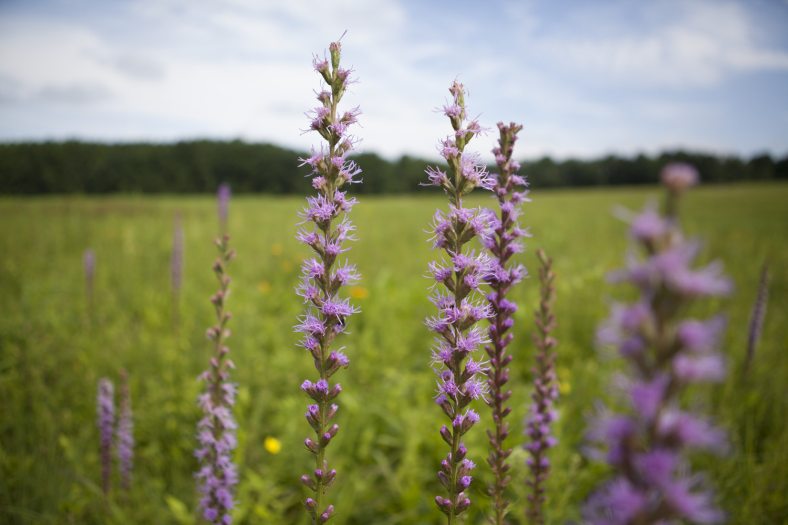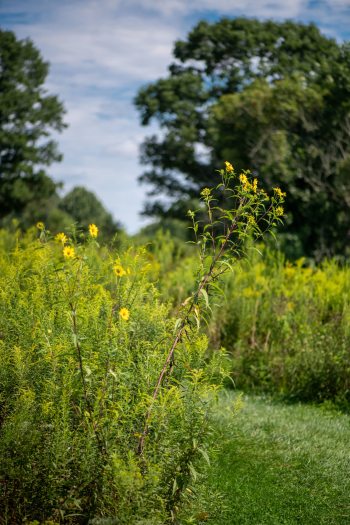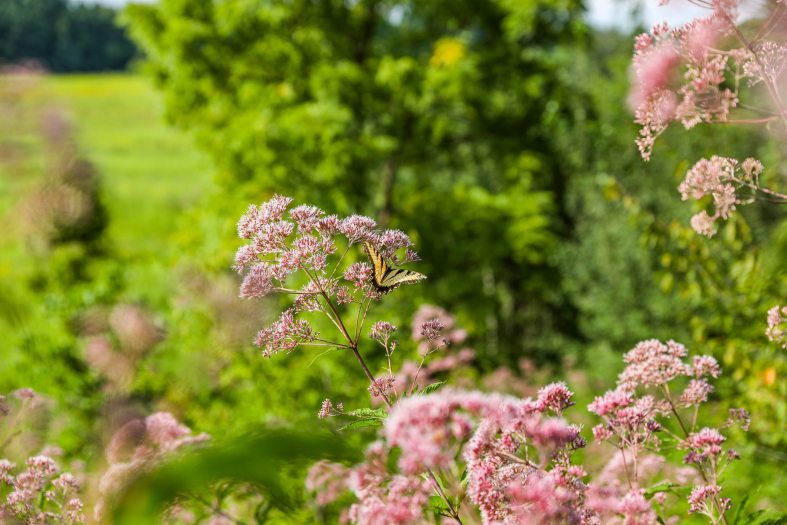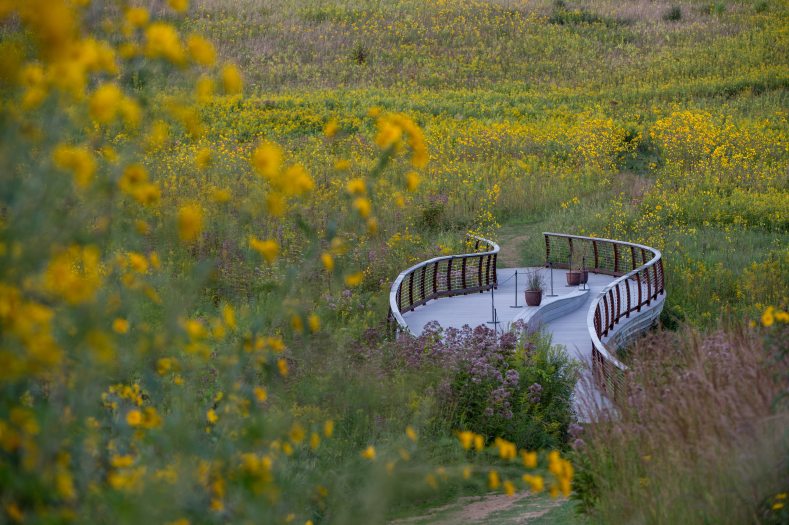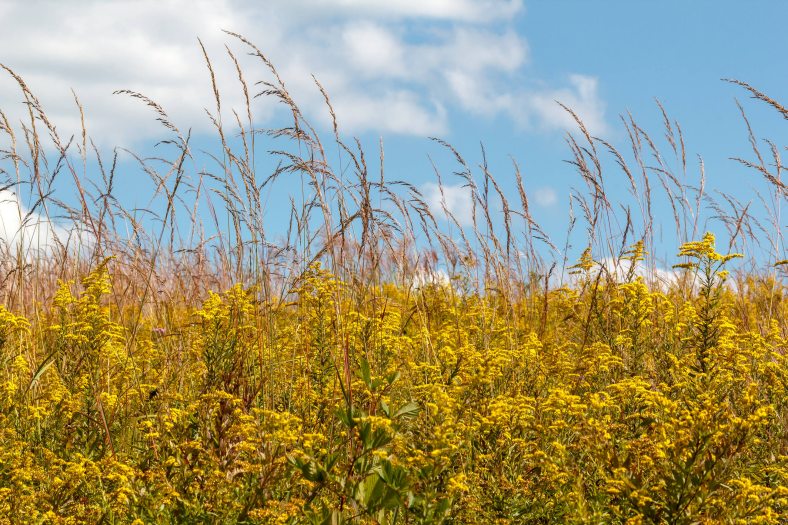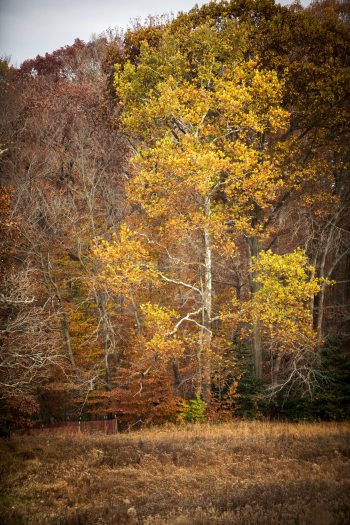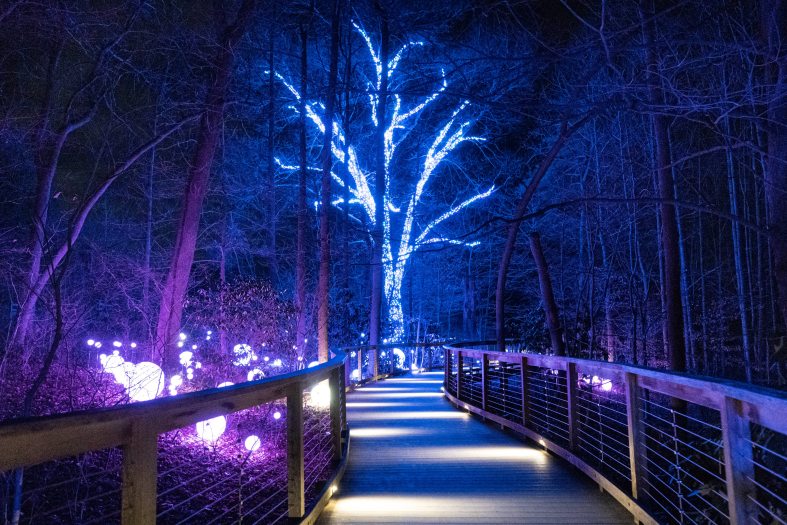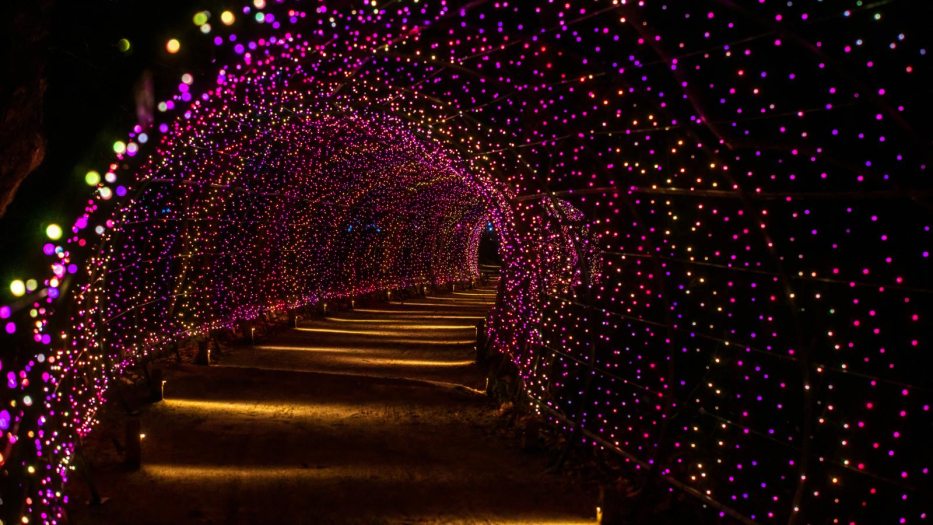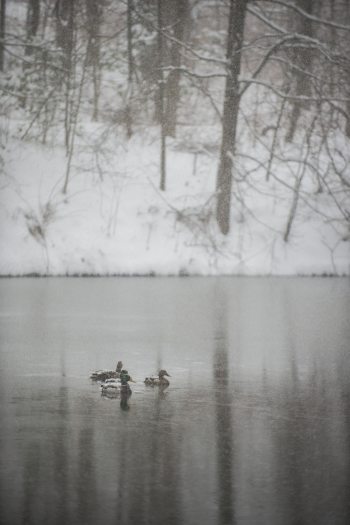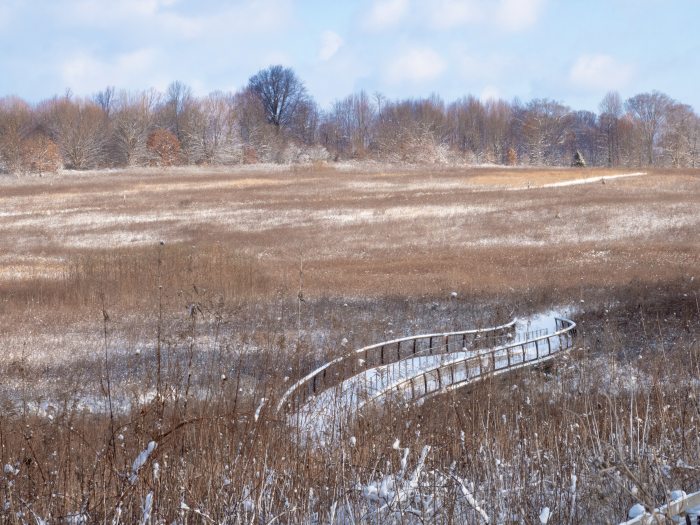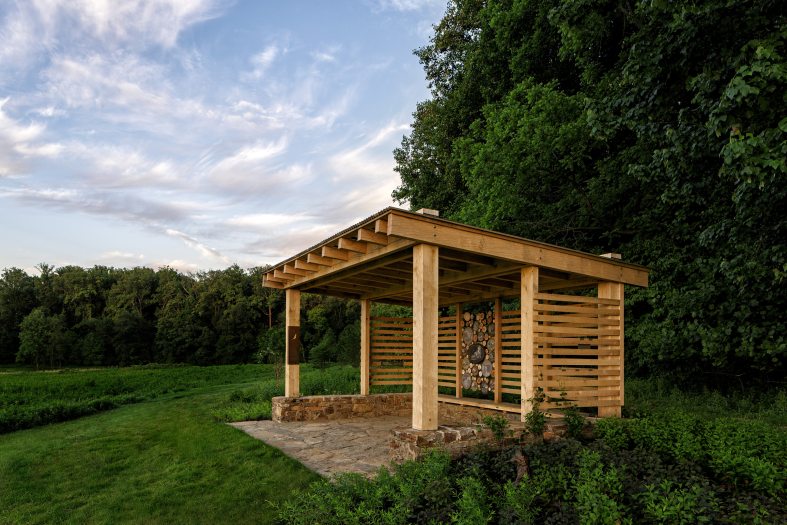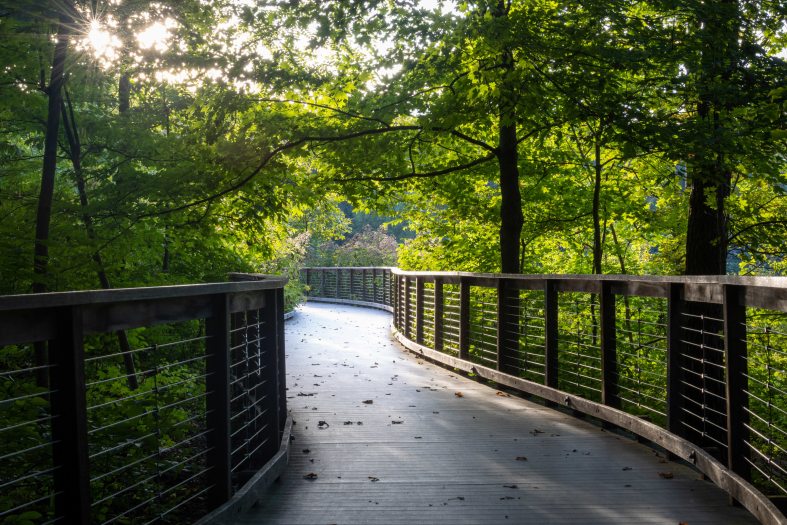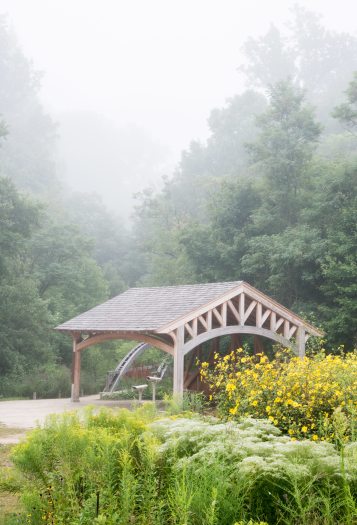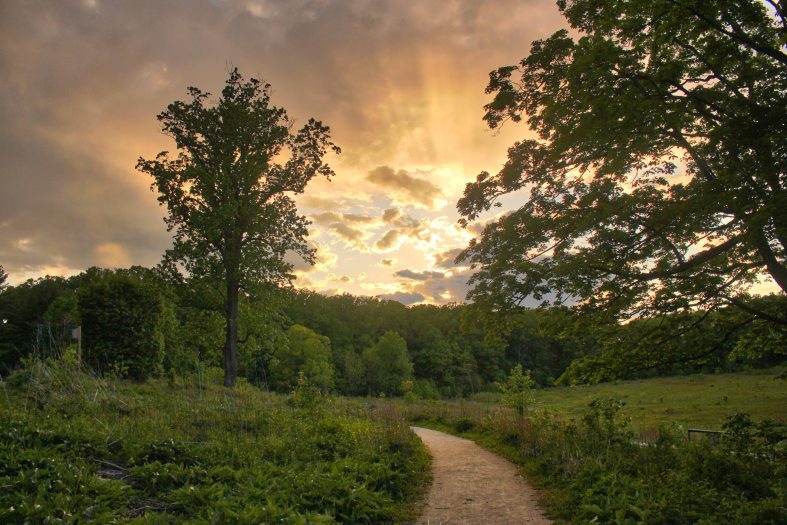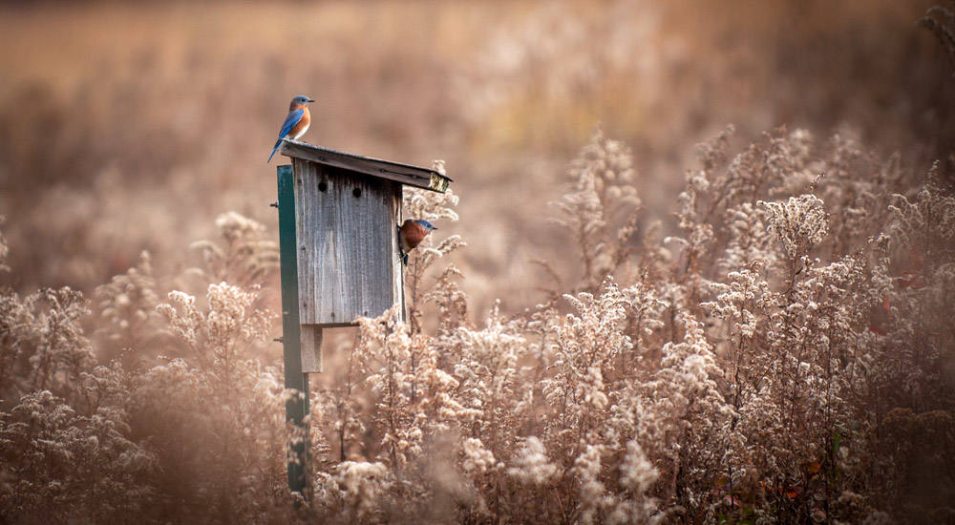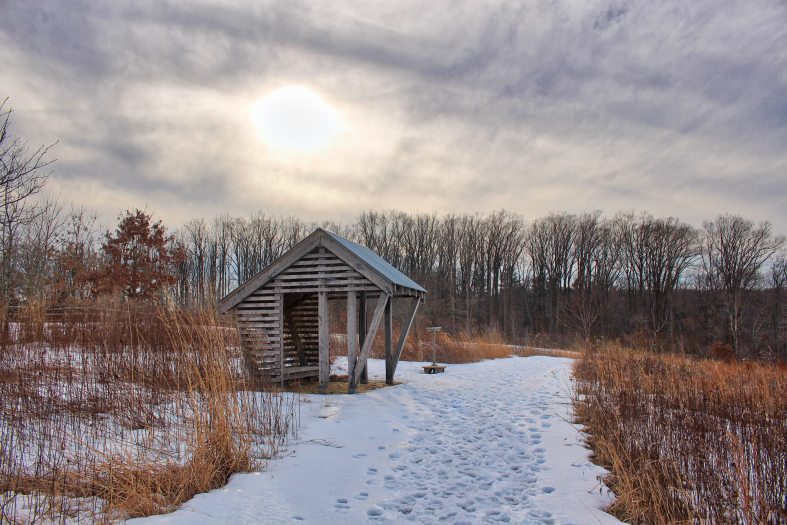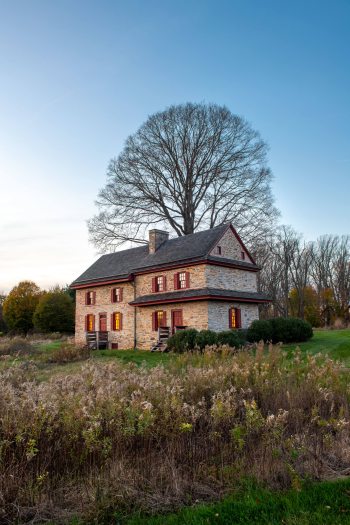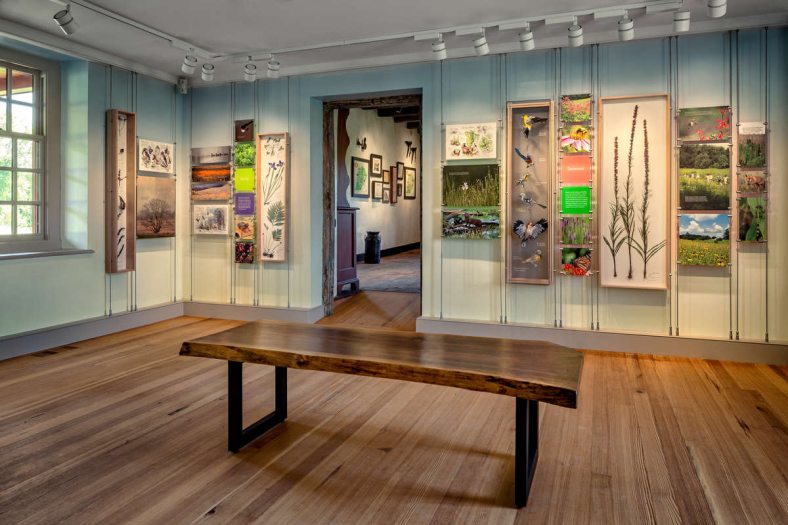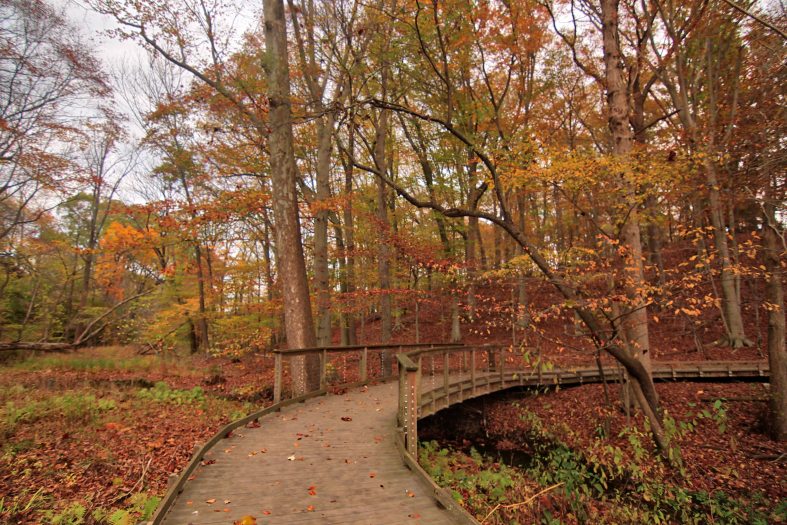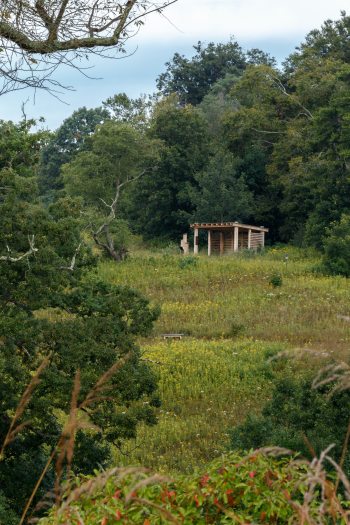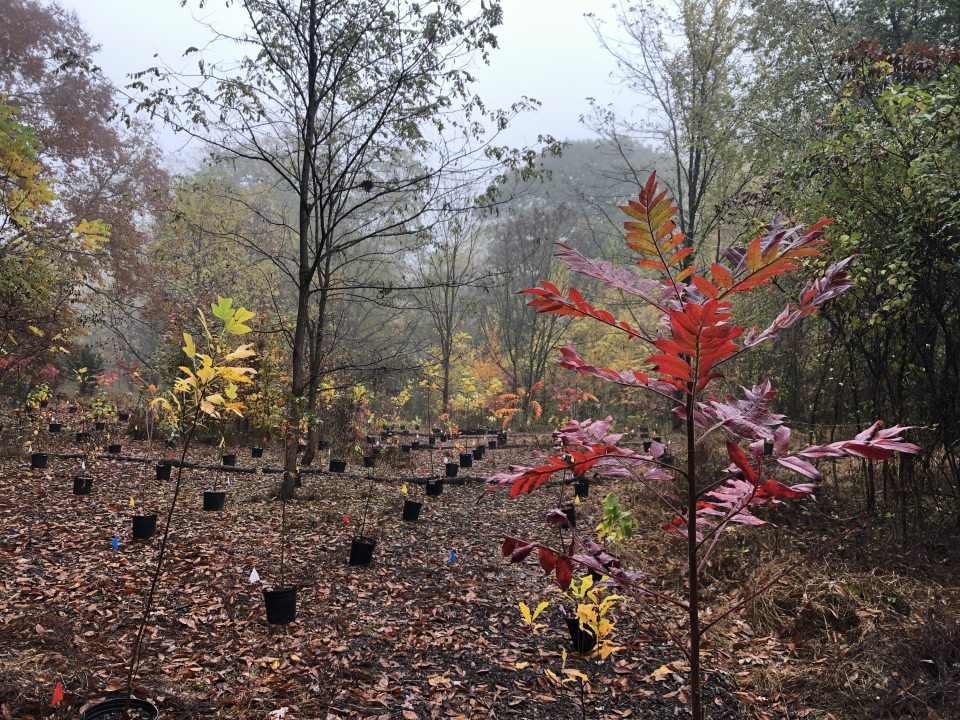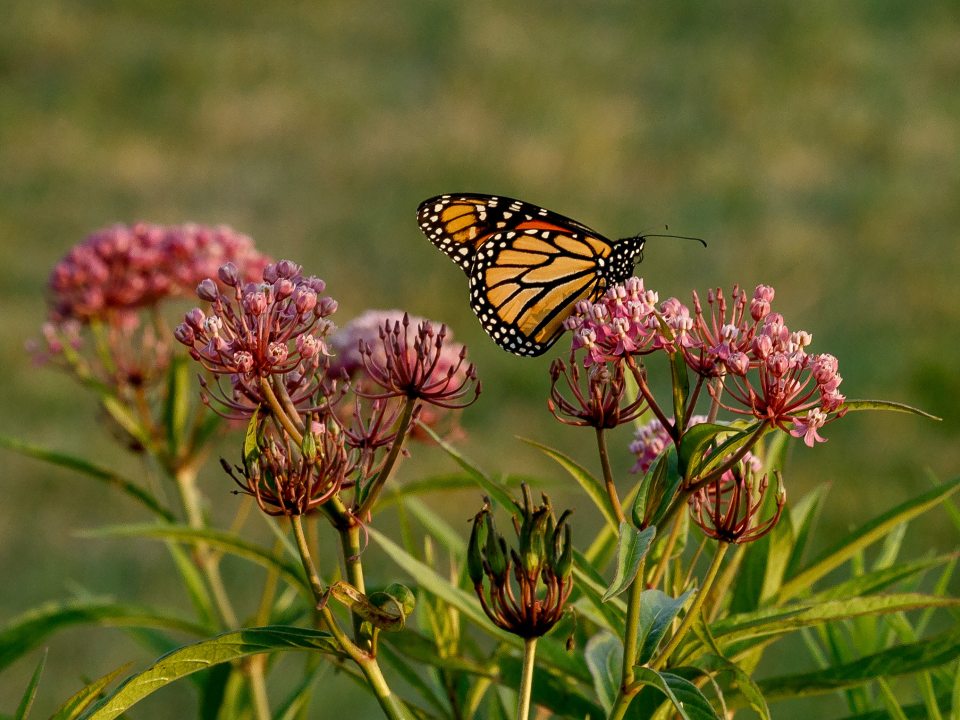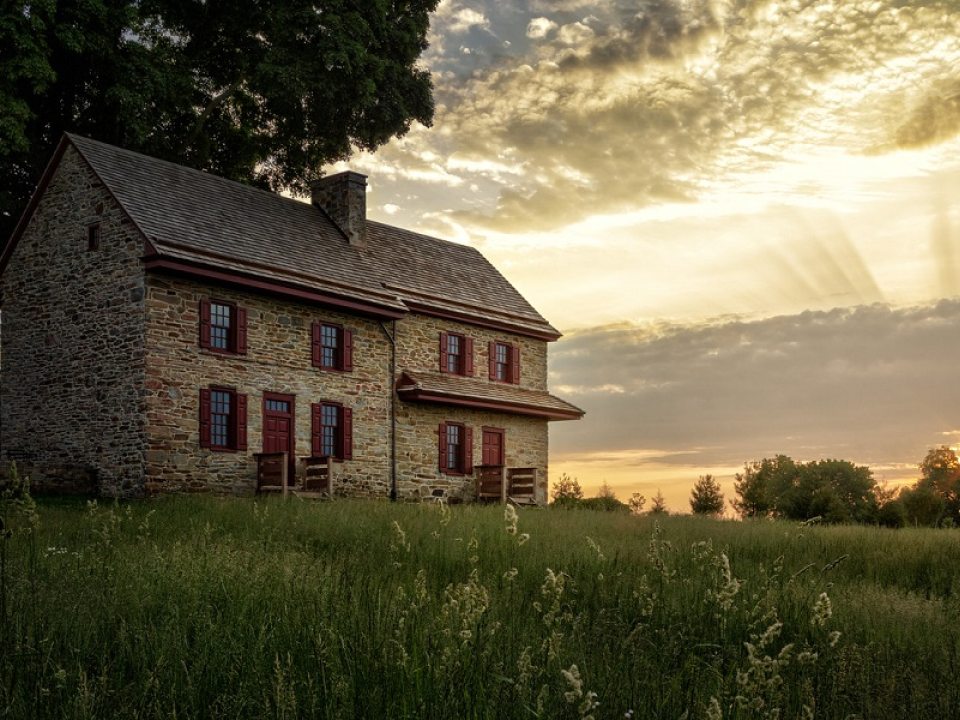Quiet your busy mind with a trip to the Meadow Garden, where you’ll be greeted by expansive vistas, sweeps of stunning native plants, and a tapestry of texture. Time slows as you wander miles of trails past the carefully managed wetlands, ponds, open fields, and forest’s edge, set to the hum of busy insects and rustling plants. From season to season, nature’s ephemeral beauty awaits, beckoning all of us to look more closely at our natural world.
About This Garden
Our spacious Meadow Garden takes you beyond the formal areas of Longwood into 86 open acres of designed natural landscapes. Bridges, pavilions, and boardwalks call attention to the various habitats that demonstrate the complex interrelationships of plants and animals to one another. Native flowers and grasses attract a variety of pollinators that, in turn, maintain many kinds of life, from butterflies, moths, and skippers to an array of birds. The wetlands support moisture-loving plants, amphibians, and insects, while the young trees and shrubs of the forest’s edge provide cover and food for many birds and small animals.
Beyond the contemplative beauty of this vast, open space, the opportunities for learning are numerous, supported not only by the miles of trails and multiple pavilions, but also the historic Webb Farmhouse which, through signage, photography, and art installations, showcases the Meadow throughout the four seasons and the stories of the people who have inhabited and influenced the land since the Lenni-Lenape.
The Meadow, home to a diverse array of important flora and fauna, is a critical type of habitat that is increasingly rare in our region. We work year-round to control invasive species, protect the watershed, maintain native species, and manage growth to maintain and augment the health, vigor, and resilience of the Meadow. We plant native species that build on the Meadow’s diversity, adding unique forms and intensity of color to the Meadow’s beauty.

